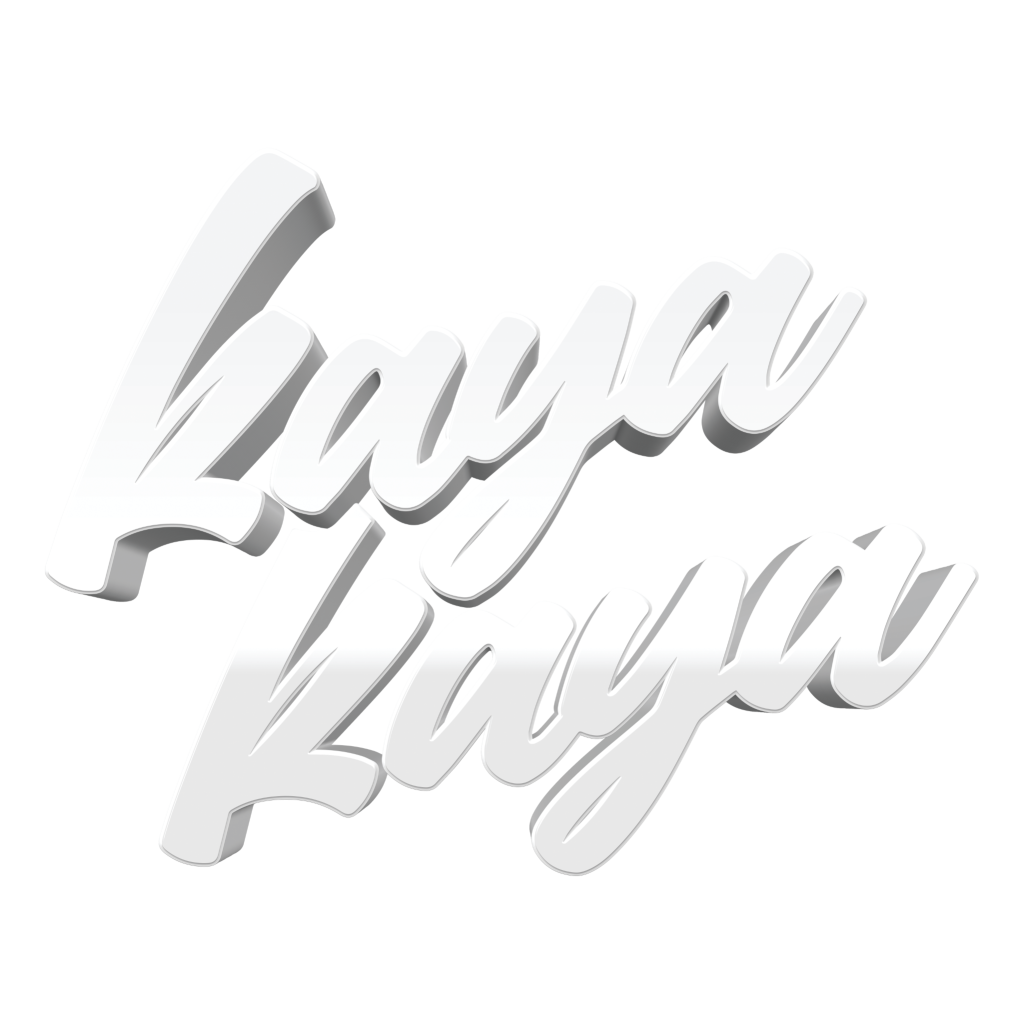Amor pa Otrobanda
Het Plezierhuis
by Carlos Blaaker
On this spot where the art piece is located stood in the early nineteenth century the so-called Pleasure House. One of the guests was Simón Bolívar, who stayed here in 1812. He is said to have written his Manifesto of Cartagena here.
In a society with whites, black people were forced to wear ‘white masks’. Is this what this Useless Still life implies? Dreaming of white skin, being admitted to the white world by using the mask as camouflage and survival strategy? Or does Blaaker turn it around and is more about the black community adopting the bad traits of the white colonial world?
The white face painting that also occurs in this art piece is found in many cultures and traditions, such as in the initiation rites of tribes in Africa and the ancestor worship of the Maroons in Suriname. Pigment determined the social ranking and white values set the tone and added the ideal of beauty. Special creams were intended to lighten the skin tone. They were sold under the slogan: ‘Never you will be lily white but lighter is always possible.’
With the white head relief, Blaaker criticizes contemporary politics in Curaçao. The political leaders use the citizens for their own benefit. “They themselves are not the torch that they should be to lead the people out of the darkness, but they use the population as matches to light their own path” according to Blaaker.

About Carlos Blaaker
Visual artist Carlos Blaakerwas born in Surinam in 1961 and has been living in Curaçao since 2009 on the Witteweg, in the heart of Otrobanda. He was brought up on art, not by his parents, but by his neighbor. His neighbor was the famous artist Nola Hatterman, who had enough of the street urchins and organized drawing lessons for the children. Nola Hatterman taught classes to the boys in the neighborhood but all these boys eventually dropped out except himself. He continued taking drawing lessons for about ten years and after high school he went to study art in Suriname and later in New York. He is inspired by artists like Richard Diebenkorn, David Park and Wayne Thiebaud.



